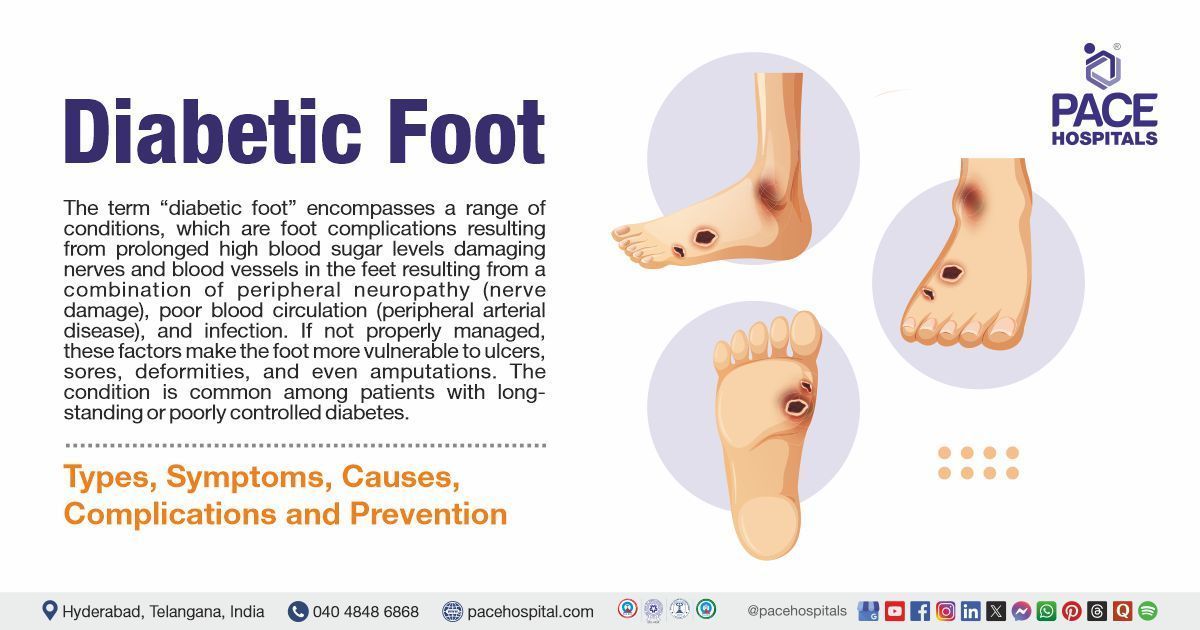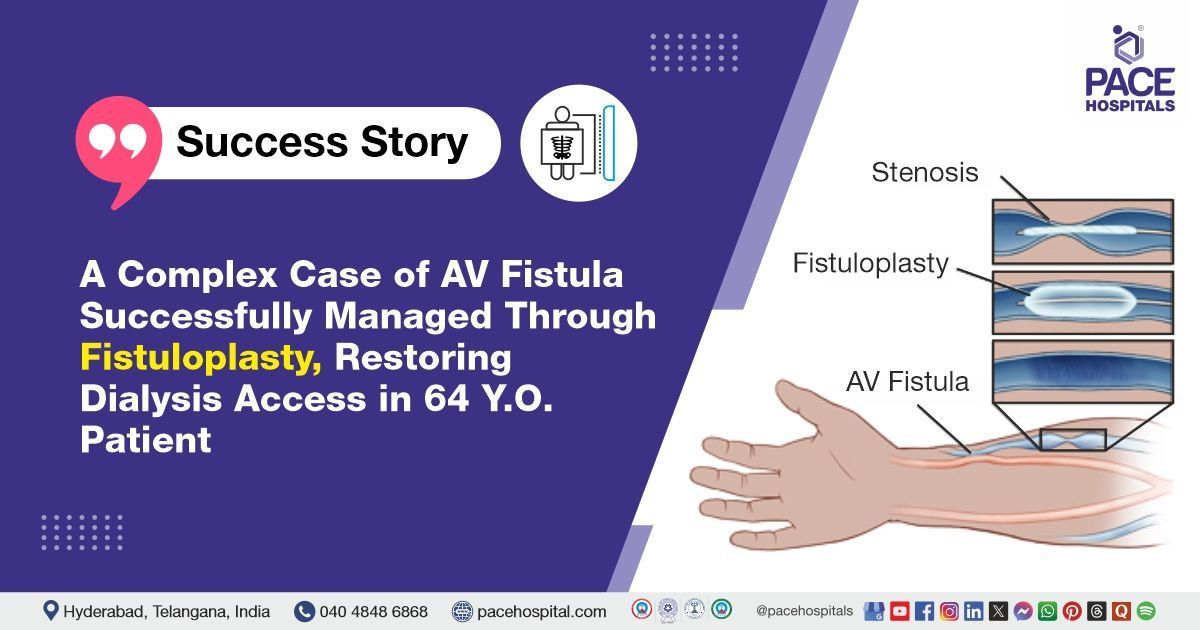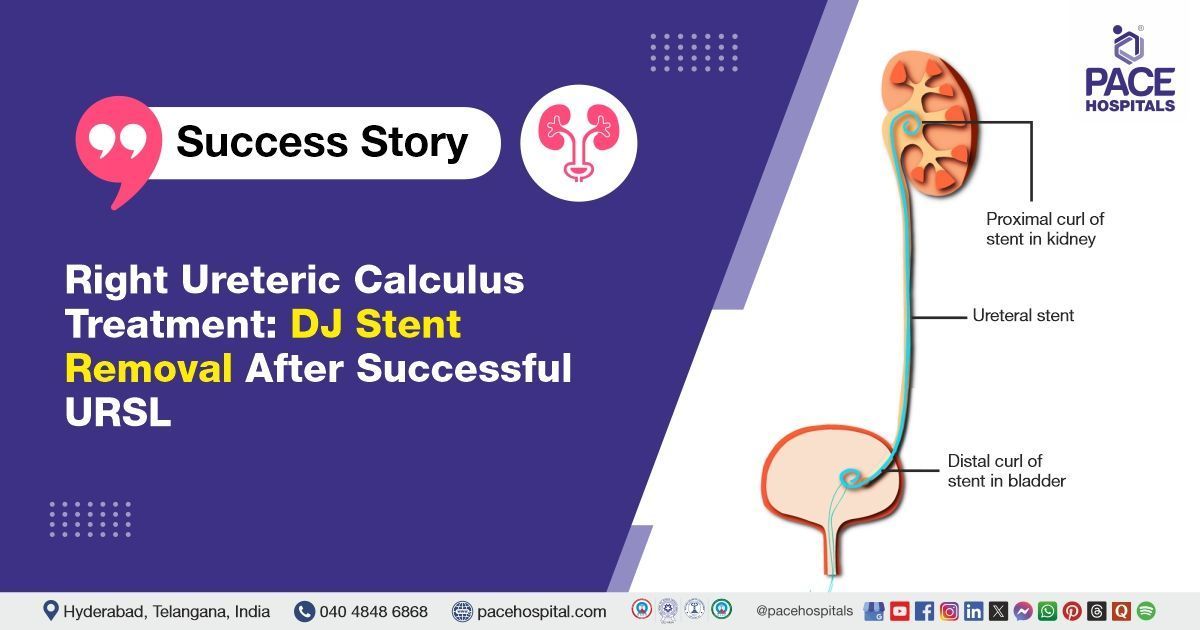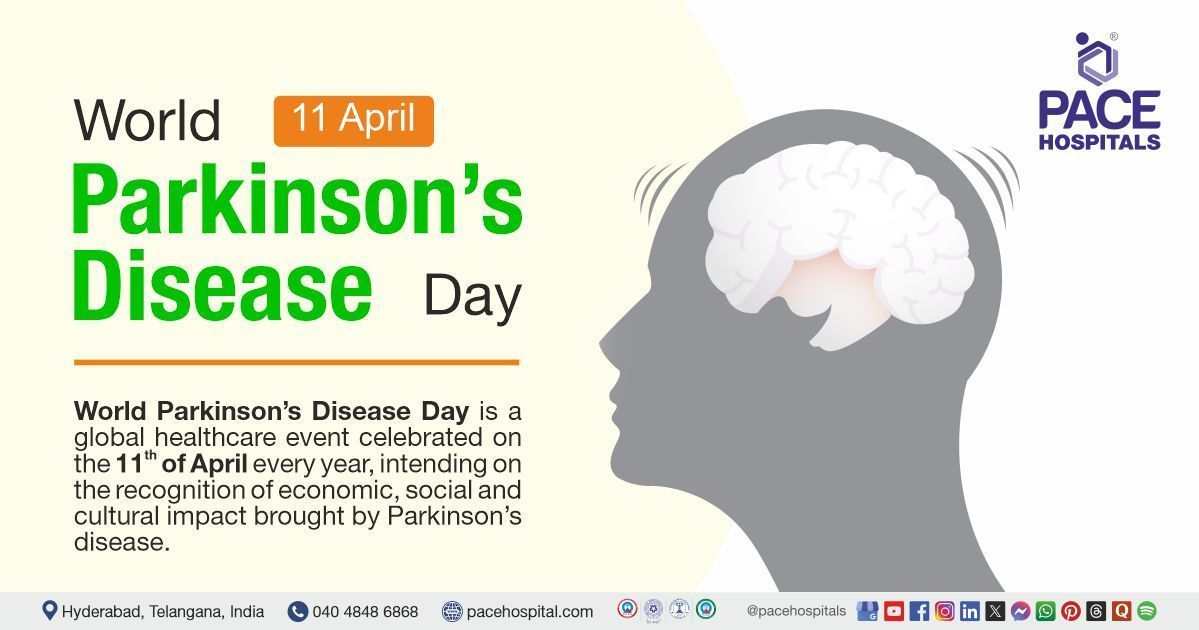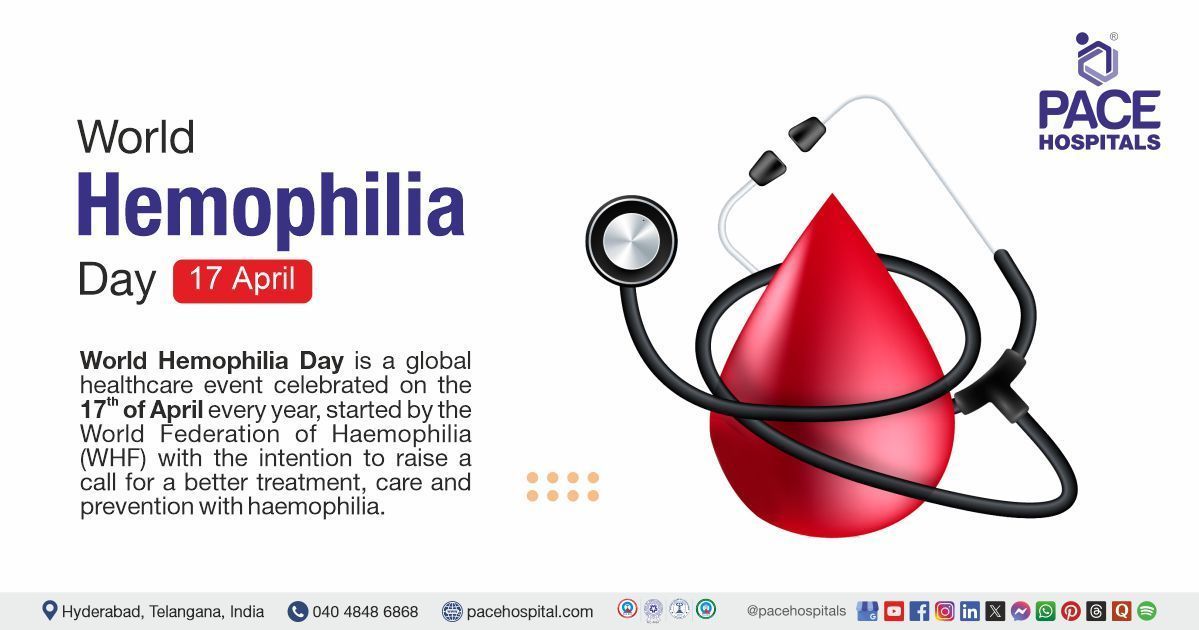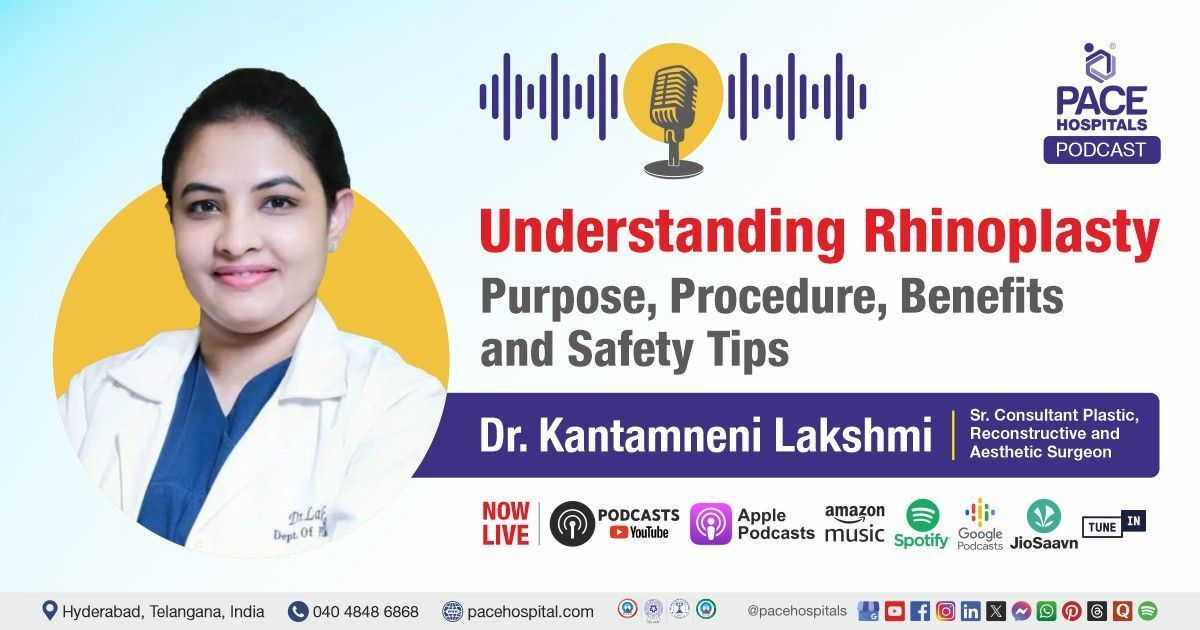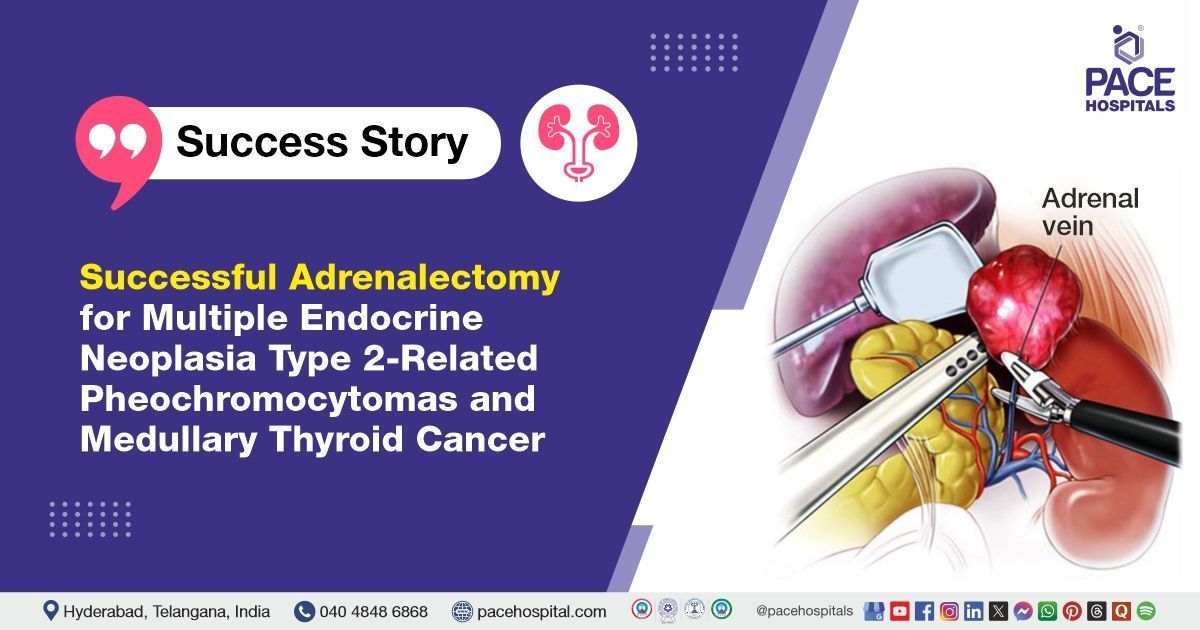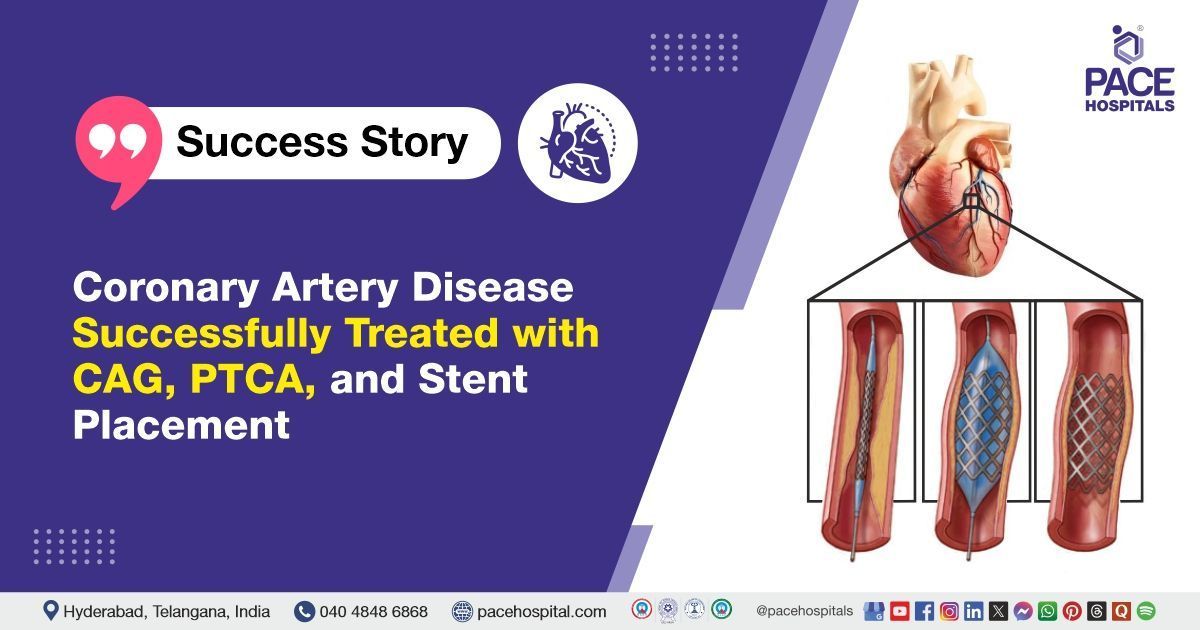Obesity: It is body termite
Obesity is a major health problem worldwide. Obesity also increases the risk of developing several chronic diseases such as type II diabetes, insulin resistance, coronary heart disease (responsible for heart attacks), cerebrovascular disease (responsible for strokes), high blood pressure, gout, gallstones, colon cancer, sleep apnea, and a form of liver disease called nonalcoholic fatty liver disease (NAFLD).
India the third most obese country in the world, with morbid obesity affecting 5% of the India's population
Obesity is defined as an excess amount of body fat. The normal amount of body fat (expressed as a percentage of body weight) is between 25-30% in women and 18-23% in men. Women with over 30% body fat and men with over 25% body fat are considered obese. Eighty percent of deaths related to obesity occurs in obese individuals with a BMI greater than 30.
What is non-alcoholic fatty liver disease (NAFLD)?
- Nonalcoholic fatty liver disease (NAFLD) refers to a wide spectrum of liver diseases ranging from the most common, fatty liver (accumulation of fat in the liver, also known as steatosis), to Nonalcoholic steatohepatitis (NASH, fat in the liver causing liver inflammation), to cirrhosis (irreversible, advanced scarring of the liver as a result of chronic inflammation of the liver). All of the stages of Nonalcoholic fatty liver disease are now believed to be due to insulin resistance, a condition closely associated with obesity. In fact, the BMI correlates with the degree of liver damage, that is, the greater the BMI the greater the liver damage.
- The term Nonalcoholic is used because liver disease due to alcohol can show the same spectrum of liver disease as nonalcoholic fatty liver disease; however, patients with nonalcoholic fatty liver disease do not consume excessive amounts of alcohol.
Alarming statistics about non-alcoholic fatty liver disease
- Nonalcoholic fatty liver disease is currently the most common liver disease worldwide, affecting estimated 10-24% of the world's population. That means upwards of 29 million people have nonalcoholic fatty liver disease, while 6.4 million of these persons have nonalcoholic steatohepatitis (NASH).
- Accumulation of fat in the liver (fatty liver) is common in all stages of nonalcoholic fatty liver disease (NAFLD). The initial stage in the spectrum of nonalcoholic fatty liver disease is fatty liver (steatosis).
- The basic cause of nonalcoholic fatty liver disease is insulin resistance, a condition in which the effects of insulin on cells within the body are reduced. The most frequent risk factor for insulin resistance is obesity, especially abdominal obesity.
- Fatty liver is itself quite harmless, disappears rapidly with loss of weight, and infrequently progresses to Nonalcoholic steatohepatitis, which is the next stage of nonalcoholic fatty liver disease.
- In Nonalcoholic steatohepatitis there is accumulation of fat in the liver, but there also is inflammation (hepatitis), destruction (necrosis) of liver cells, and scarring (fibrosis) of the liver. The scarring can progress to cirrhosis, which is the last stage of nonalcoholic fatty liver disease.
In most patients nonalcoholic fatty liver disease causes no symptoms. Nonalcoholic fatty liver disease often is discovered when routine blood tests show slightly elevated levels of liver enzymes (ALT and AST) in the blood. Another way in which nonalcoholic fatty liver disease is discovered is when ultrasound examination of the abdomen is done for other purposes, say for looking for gallstones, and fat is found in the liver. In the late stages of non alcoholic fatty liver disease, the development of cirrhosis can lead to failure of the liver, swelling of the legs (edema), accumulation of fluid in the abdomen (ascites), bleeding from veins in the esophagus (varices), and mental confusion (hepatic encephalopathy). Patients with cirrhosis caused by Nonalcoholic fatty liver disease also may be at risk of developing liver cancer (hepatocellular carcinoma, HCC).
One common cause of liver failure (and thus a common reason for transplantation of the liver) is cryptogenic cirrhosis (cryptogenic meaning that the cause of the cirrhosis is unknown). Doctors now believe that a large number of patients with cryptogenic cirrhosis are actually patients in the late stages of nonalcoholic fatty liver disease. Doctors and public health officials project that obesity related liver diseases (cryptogenic cirrhosis and liver cancer) will become the leading cause of liver failure and liver transplantation in the not too distant future.
How are non-alcoholic fatty liver disease and non-alcoholic steatohepatitis treated?
Losing excess weight is the cornerstone of treatment of non-alcoholic fatty liver disease. In contrast, a 10% loss of weight leads to a significant decrease in the levels of the enzymes, and the enzymes even may become normal. The decrease in enzymes occurred at the rate of 8% per 1% loss of body weight. In studies of patients undergoing stomach (gastric) reduction operations for morbid obesity, substantial weight loss is accompanied by a marked reduction in transaminases and a regression (improvement) of non alcoholic fatty liver disease.
The bottom line, however, is that the single most effective treatment for obese people with Non-alcoholic steatohepatitis is to simply lose weight through diet and exercise. Unfortunately, this is no easy task in a society dominated by a sedentary lifestyle and high-calorie, high-carbohydrate, high-fat diets. With great effort, however, weight loss is achievable. Furthermore, in view of the possible detrimental effects of fat in other liver diseases, weight loss might be added to the treatment of other liver diseases that are not primarily due to fat, such as hepatitis C. Ultimately, non alcoholic steatohepatitis probably can be largely prevented and eliminated by bariatric surgery or healthy lifestyle.
Request an appointment
Fill in the appointment form or call us instantly to book a confirmed appointment with our super specialist at 04048486868
Appointment request - health articles
Thank you for contacting us. We will get back to you as soon as possible. Kindly save these contact details in your contacts to receive calls and messages:-
Appointment Desk: 04048486868
Whatsapp: 8977889778
Regards,
Pace Hospitals
Hitech City and Madinaguda
Hyderabad, Telangana, India.
Oops, there was an error sending your message. Please try again later. We will get back to you as soon as possible. Kindly save these contact details in your contacts to receive calls and messages:-
Appointment Desk: 04048486868
Whatsapp: 8977889778
Regards,
Pace Hospitals
Hitech City and Madinaguda
Hyderabad, Telangana, India.
Our Locations – Find the Best Hospital Near You
Metro Pillar Number C1772, Beside Avasa Hotel, Hitech City Road, Near HITEC City Metro Station, Hyderabad, Telangana, India.
Mythri Nagar, Beside South India Shopping Mall, Hafeezpet, Madeenaguda, Hyderabad, Telangana, India.
040 4848 6868
Payment in advance for treatment at PACE Hospitals, Hyderabad, Telangana, India (Pay in INR ₹)
For Bank Transfer:-
- Bank Name: HDFC
Company Name: Pace Hospitals
A/c No.50200028705218
IFSC Code: HDFC0000545 - Bank Name: STATE BANK OF INDIA
Company Name: Pace Hospitals
A/c No.62206858997
IFSC Code: SBIN0020299
Scan QR Code by Any Payment App (GPay, Paytm, Phonepe, BHIM, Bank Apps, Amazon, Airtel, Truecaller, Idea, Whatsapp etc).

CONTACT US
Call: +914048486868
WhatsApp: +918977889778
Email: info@pacehospitals.in
FOLLOW US
SUBSCRIBE
Subscribe to our newsletter and stay updated with the latest health information.
Subscribe to PACE Hospitals' Public Newsletter
Thank you for subscribing to PACE Hospitals' Newsletter. Stay updated with the latest health information.
Oops, there was an error. Please try again submitting your details.
ABOUT US
QUICK LINKS
Disclaimer
General information on healthcare issues is made available by PACE Hospitals through this website (www.pacehospital.com), as well as its other websites and branded social media pages. The text, videos, illustrations, photographs, quoted information, and other materials found on these websites (here by collectively referred to as "Content") are offered for informational purposes only and is neither exhaustive nor complete. Prior to forming a decision in regard to your health, consult your doctor or any another healthcare professional. PACE Hospitals does not have an obligation to update or modify the "Content" or to explain or resolve any inconsistencies therein.
The "Content" from the website of PACE Hospitals or from its branded social media pages might include any adult explicit "Content" which is deemed exclusively medical or health-related and not otherwise. Publishing material or making references to specific sources, such as to any particular therapies, goods, drugs, practises, doctors, nurses, other healthcare professionals, diagnoses or procedures is done purely for informational purposes and does not reflect any endorsement by PACE Hospitals – your trusted hospital near me.



